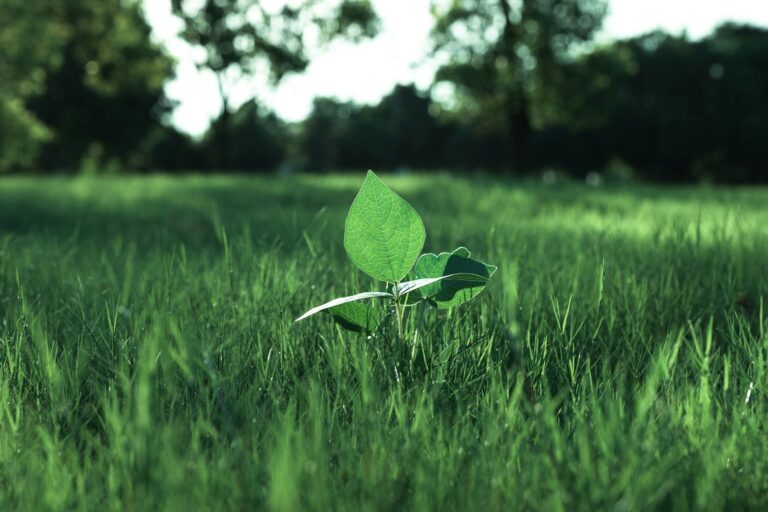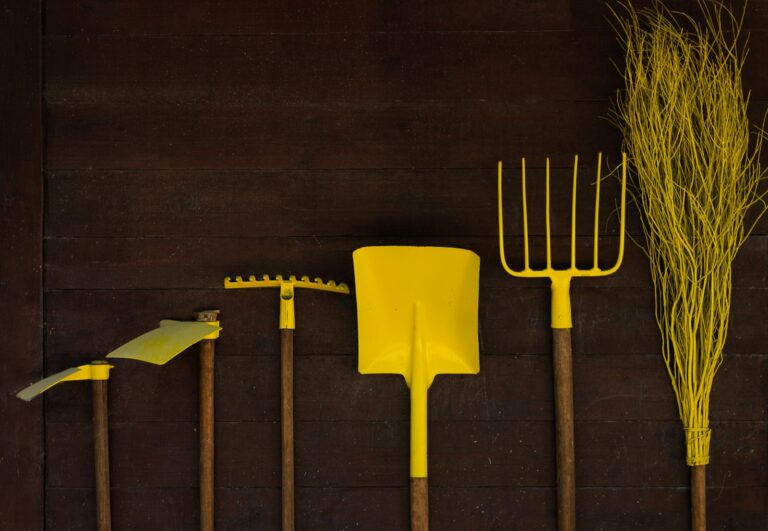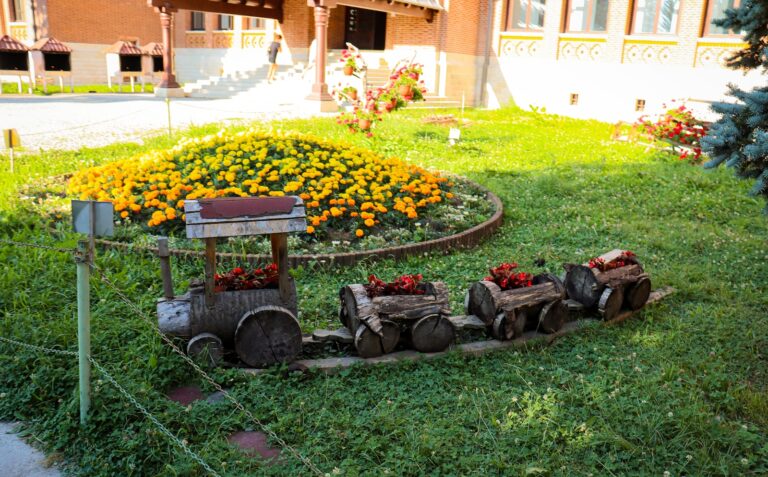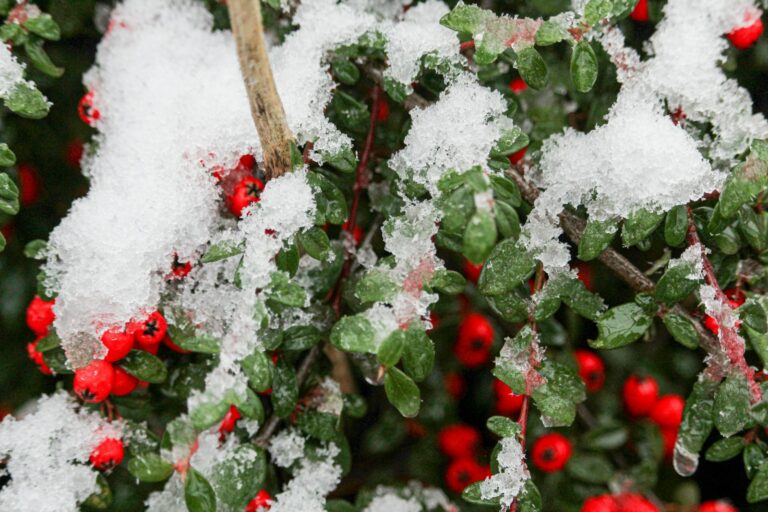Spring Planting Checklist for a Blooming Garden – Easy Tips for a Colorful Season
Getting your garden ready for spring can feel overwhelming, but it doesn’t have to be. A simple planting checklist helps you stay organized and ensures your flowers and plants have the best start for a blooming season. By focusing on key tasks like cleaning up beds, dividing perennials, and pruning, you set up your garden for success.
You’ll want to check your soil health, add fresh mulch, and carefully plan what to plant to keep blossoms coming all season. Taking time to prune trees and shrubs also encourages healthy growth and a neat landscape. Following these steps makes spring planting easier and more rewarding for your garden.
For a detailed guide on preparing your spring garden, consider using a practical spring gardening checklist to keep track of all necessary tasks and maintain a vibrant yard throughout the year. You can find helpful tips on how to create one here.
Preparing Your Garden Beds

Getting your garden beds ready involves removing everything that can block new growth, enriching the soil, and checking key soil properties to ensure plants thrive. Paying close attention to these steps helps you create the ideal environment for healthy blooms.
Clearing Debris and Weeds
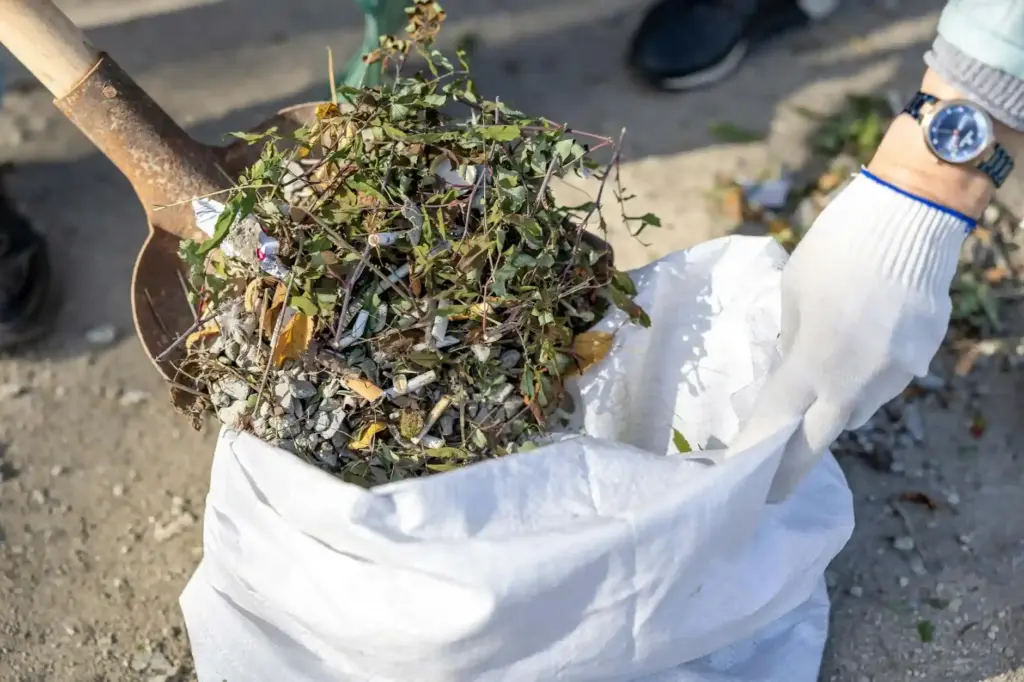
Start by removing any leftover leaves, dead plants, and debris. This cleanup prevents pests and diseases from settling in your beds.
Pull out weeds by their roots, as they compete with your plants for nutrients and water. Use a weeding tool or your hands to make sure you get the whole root system.
Dispose of debris properly—don’t leave it in the garden. Compost only healthy plant material to avoid spreading diseases.
Breaking up compacted soil during this process also improves air circulation and drainage, which are vital for root growth.
Improving Soil Quality
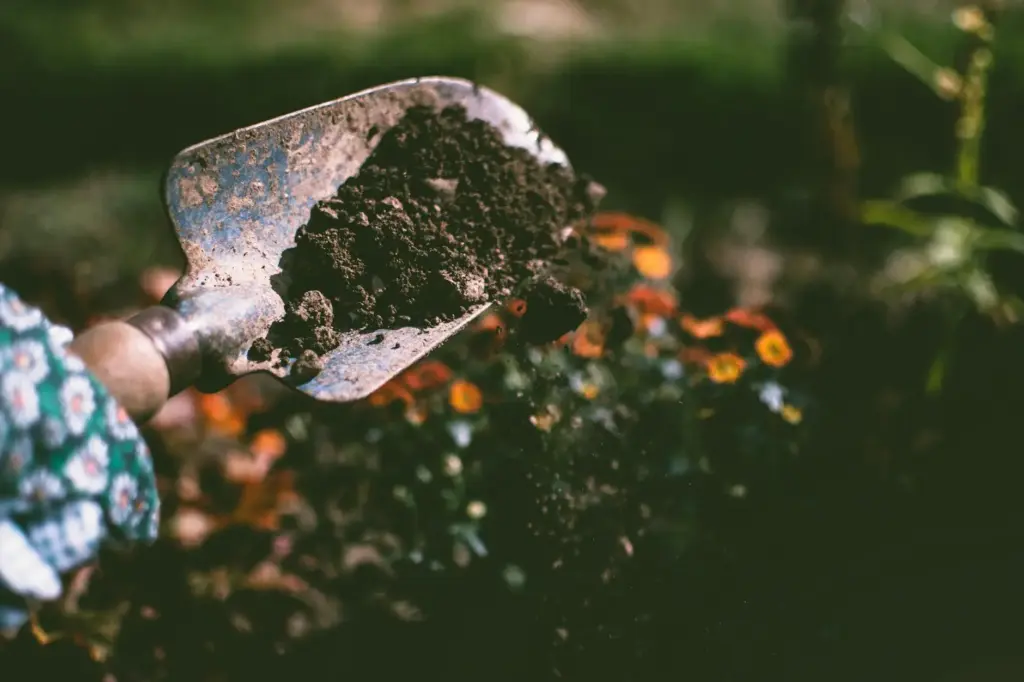
To boost your soil, add organic matter like compost or well-rotted manure. This adds nutrients and improves soil texture.
Spread 2 to 3 inches of compost on your garden beds and work it in gently with a garden fork or tiller.
If your soil is heavy clay or sandy, mix in amendments suited to your soil type to retain moisture or improve drainage.
Mulching after soil improvement helps retain moisture and keeps weeds down, creating a better environment for your plants.
Testing Soil pH and Nutrients

Testing your soil’s pH and nutrient levels is key to understanding what your garden needs.
You can use an at-home test kit or send a sample to a local extension service for detailed analysis.
Most flowering plants prefer a pH between 6.0 and 7.0. Below or above this range, nutrient availability decreases.
Based on test results, you might add lime to raise pH, sulfur to lower it, or specific fertilizers to balance nutrients.
Regular soil testing every couple of years helps your garden beds stay productive for the long term.
For detailed steps on prepping your garden beds, see this spring garden prep guide.
Choosing the Right Plants for Spring
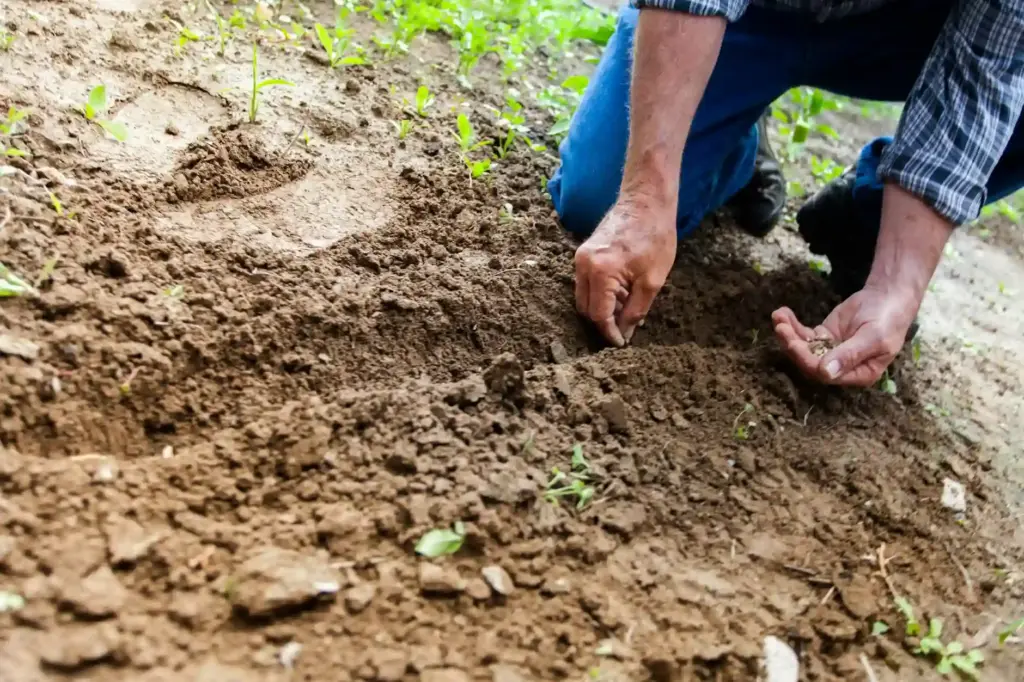
To create a thriving spring garden, focus on plants that suit your soil, light, and climate. Selecting varieties that match these conditions helps ensure strong growth and vibrant blooms. You’ll also want to plan your planting timeline around each plant’s temperature needs and growth patterns.
Selecting Flowers and Perennials
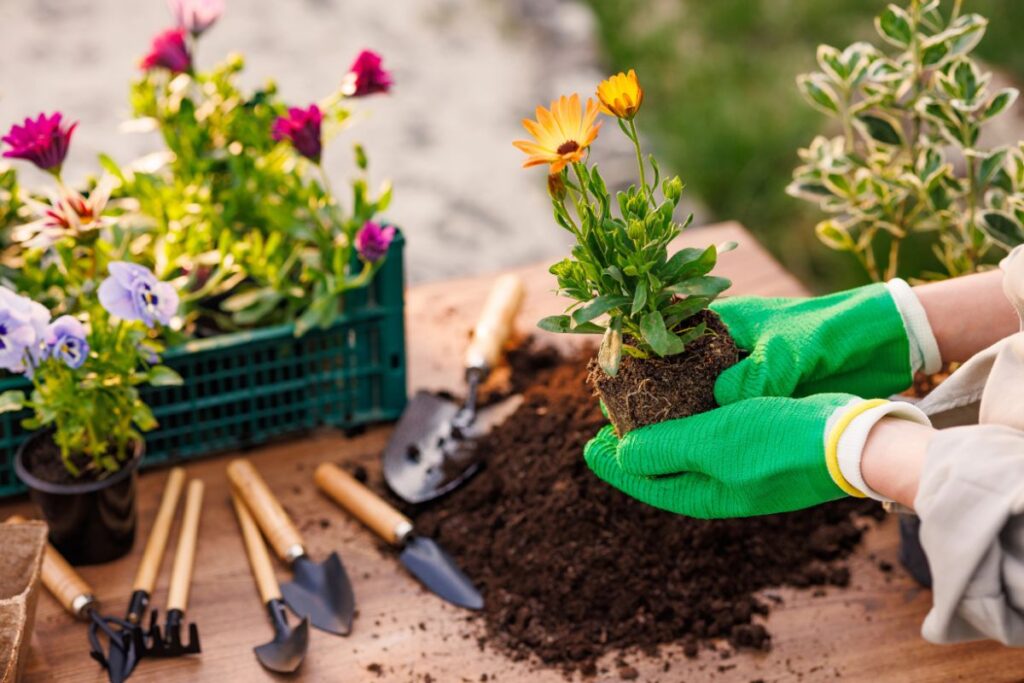
Choose spring flowers and perennials that will flourish in your garden’s light and soil conditions. Popular spring bloomers like tulips, daffodils, and crocuses prefer well-drained soil with full to partial sun. For perennials, consider varieties such as coneflowers or daylilies that can come back year after year with minimal care.
Look for plants that aren’t already blooming when purchased, as this prolongs the flowering period. You can also prune dead foliage now to make space for new growth. Pay attention to plant tags—they indicate ideal sun exposure, water needs, and mature size, helping you avoid overcrowding or poor placement. For more detailed guidance, see a spring gardening checklist for flower selection.
Picking Vegetables and Herbs
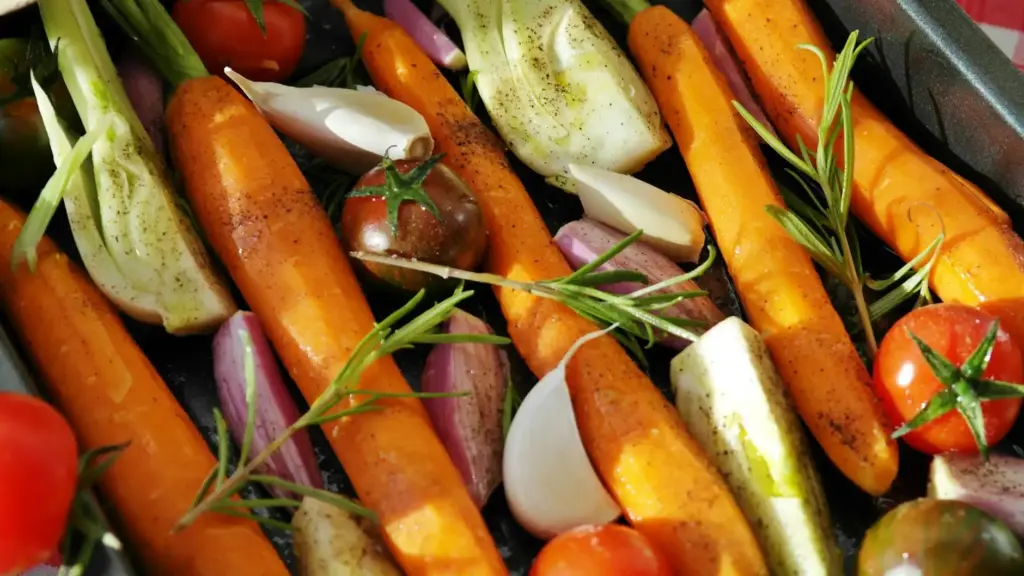
Start with cold-hardy vegetables like spinach, kale, carrots, and lettuce. These crops tolerate early spring temperatures and can be planted directly outdoors. Hold off on heat-loving plants like tomatoes and peppers until soil temperatures rise above 60°F.
Herbs like parsley and cilantro also perform well in cooler spring weather, while basil and oregano need warmer conditions. Using seed-starting indoors for heat lovers is a good way to get a jump-start before transplanting outside. Follow a planting schedule to avoid common mistakes and maximize your harvest. Refer to a spring vegetable planting guide for timing and plant selection.
Understanding Local Climate Zones
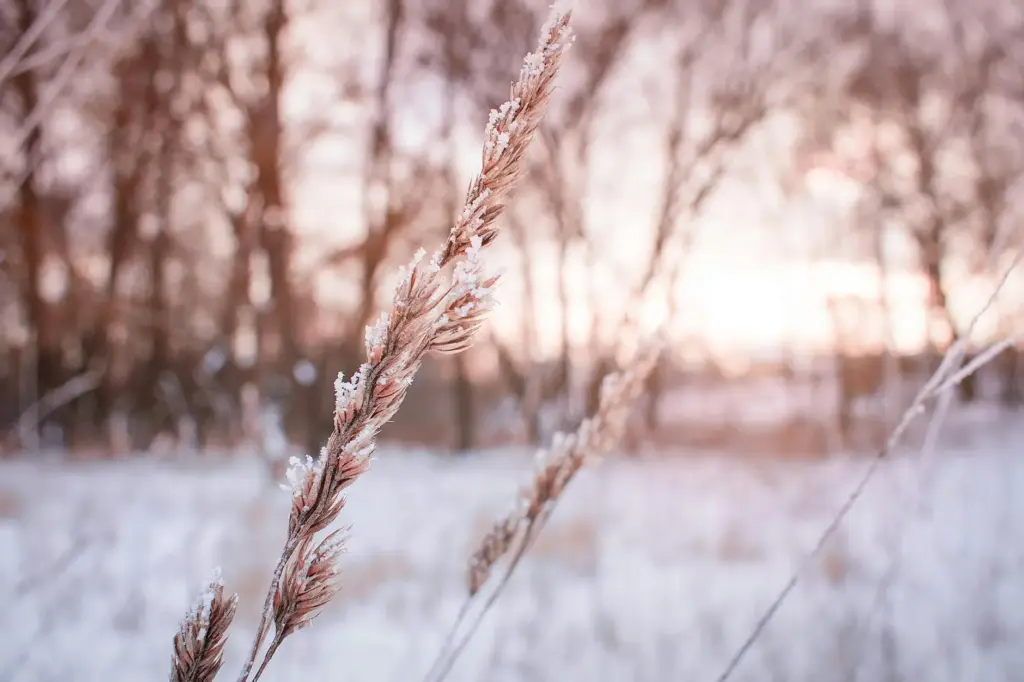
Your local climate zone impacts what you can plant and when. USDA hardiness zones are a useful reference; they show the average minimum winter temperature and guide plant survival rates.
Check your zone before buying plants to match their cold tolerance to your area. Knowing the last frost date is crucial. Plant cold-sensitive crops after this date to avoid damage. Some regions require additional protection like row covers or mulching early in the season.
Resources from local nurseries or gardening centers will have zone-specific recommendations tailored to your area’s unique climate challenges. For Texas gardeners, for example, March is ideal for starting many spring vegetables and flowers as frost risk decreases. More details are available in a Texas gardening checklist.
Planting Techniques for a Vibrant Garden

To help your garden thrive, focus on starting seeds correctly, safely moving young plants, and arranging them with the right spacing. These steps are essential for healthy growth and abundant blooms.
Seed Sowing Tips
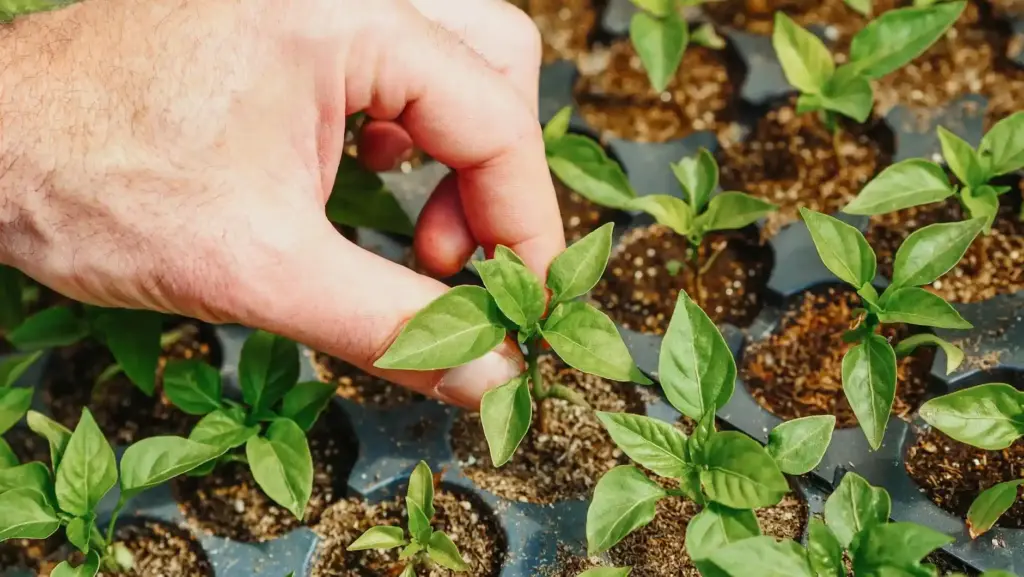
Start your seeds in well-drained, nutrient-rich soil or a good quality seed-starting mix. Use shallow containers or seed trays with drainage holes to prevent waterlogging.
Plant seeds at the depth recommended on the packet, usually about twice the size of the seed. Cover lightly with soil and gently firm it down.
Keep the soil consistently moist but not soaked. You can cover trays with a plastic dome or wrap until seedlings appear to maintain humidity.
Place your seeds in a location with plenty of indirect sunlight or under grow lights for 12-16 hours daily. Once seedlings emerge, remove covers to reduce mold risk.
Transplanting Seedlings
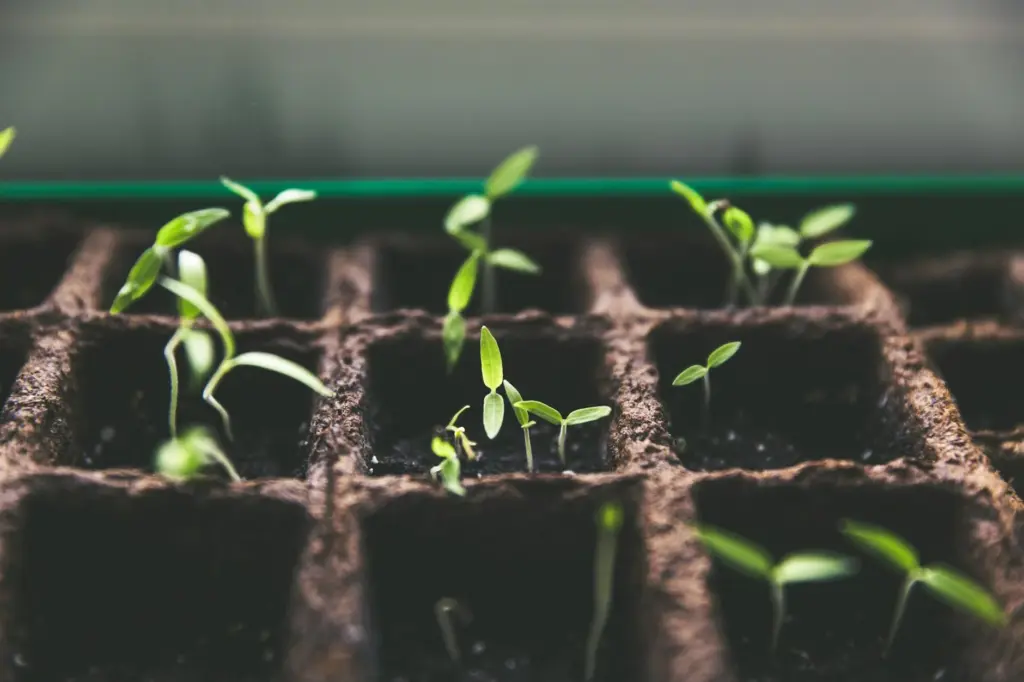
Wait until seedlings develop at least two true leaves before transplanting to give them a stronger start. Harden them off by gradually exposing them to outdoor conditions over 7-10 days.
Choose a cool, cloudy day or late afternoon for transplanting to reduce shock. Prepare planting holes that are slightly larger than the root ball of each seedling.
Water seedlings well before and after transplanting to keep roots moist. Gently tease apart roots if they are crowded, but avoid damaging them.
Plant seedlings at the same soil depth they were growing in containers. Firm the soil gently around each transplant, and mulch to retain moisture.
Proper Plant Spacing
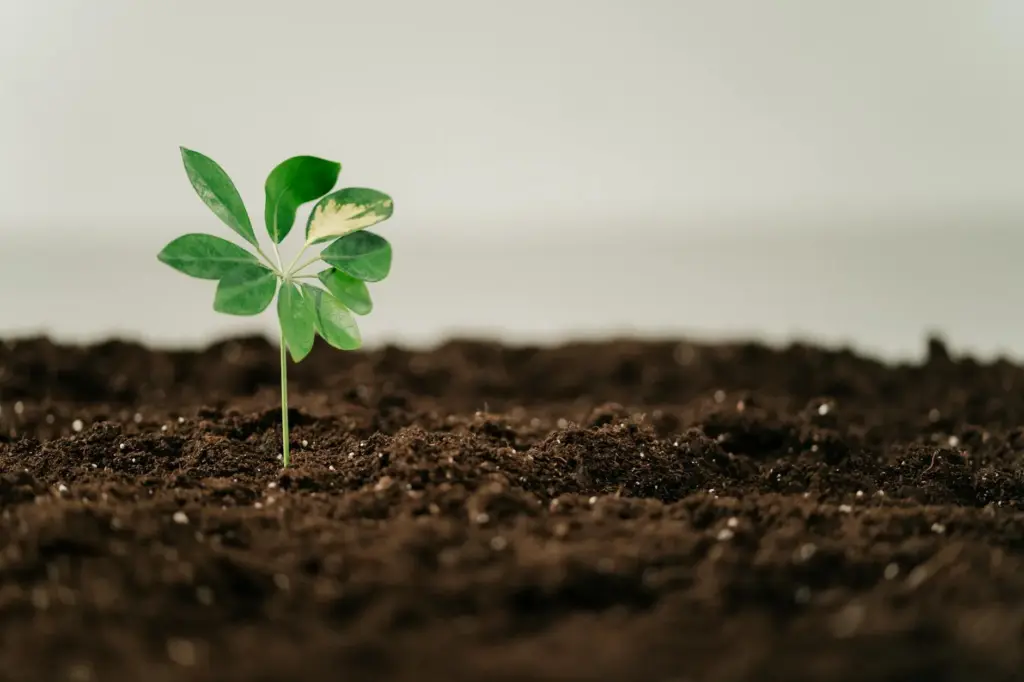
Proper spacing prevents overcrowding, improves air circulation, and reduces disease risk. Follow recommended distances on seed packets or plant labels closely.
As a general guide, small plants like herbs need at least 6-8 inches between each, medium perennials 12-18 inches, and larger shrubs or vegetables 24 inches or more.
Leave room to allow plants to grow to their mature size without competing for sunlight and nutrients. Marking rows and spots with string or stakes helps maintain even spacing.
Consider the mature height and width of plants when planning your garden bed to avoid constant pruning and to keep the garden visually balanced.
Caring for Your Spring Garden

Keeping your garden healthy in spring means giving your plants what they need most: consistent moisture, protection from pests and diseases, and help maintaining soil health. Paying attention to these details sets your garden up for strong growth and vibrant blooms.
Watering Advice
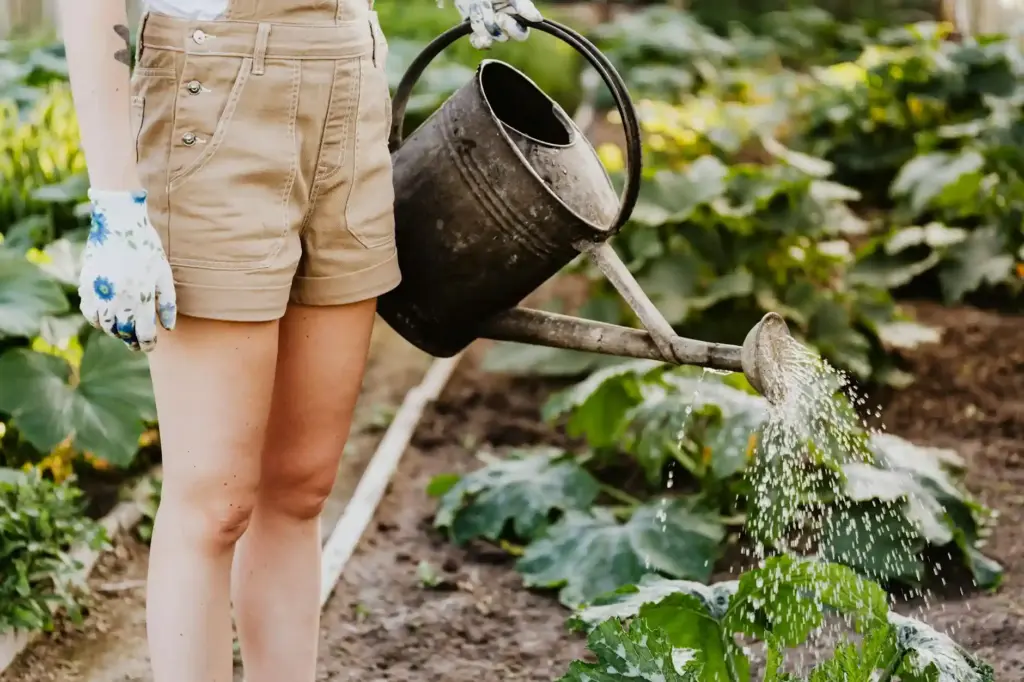
Water your garden early in the morning to reduce evaporation and give plants a good start for the day. Aim to water deeply but less frequently to encourage roots to grow downward, making plants more drought-resistant.
Use a soaker hose or drip irrigation to deliver water directly to the soil. Avoid wetting the leaves, which can increase the risk of fungal diseases. Check soil moisture by sticking your finger about an inch into the soil; if it feels dry, it’s time to water.
Adjust watering based on weather conditions—you may need more water during warm, dry spells and less after rain.
Mulching for Moisture Retention
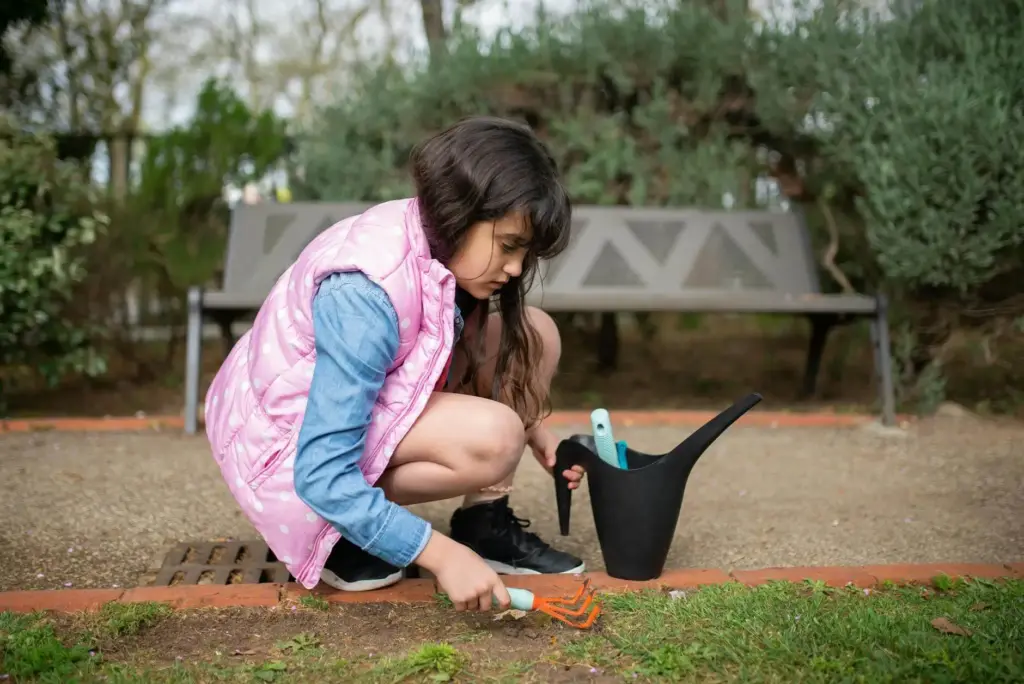
Apply a 2-3 inch layer of organic mulch like shredded bark or compost around your plants. Mulch helps retain soil moisture by reducing evaporation and keeps soil temperature stable.
Keep mulch a few inches away from stems and trunks to prevent rot and pest issues. Refresh mulch layers as needed throughout the season to maintain effectiveness.
Mulching also suppresses weeds, saving you time and protecting your plants from competition for water and nutrients.
Early Pest and Disease Prevention
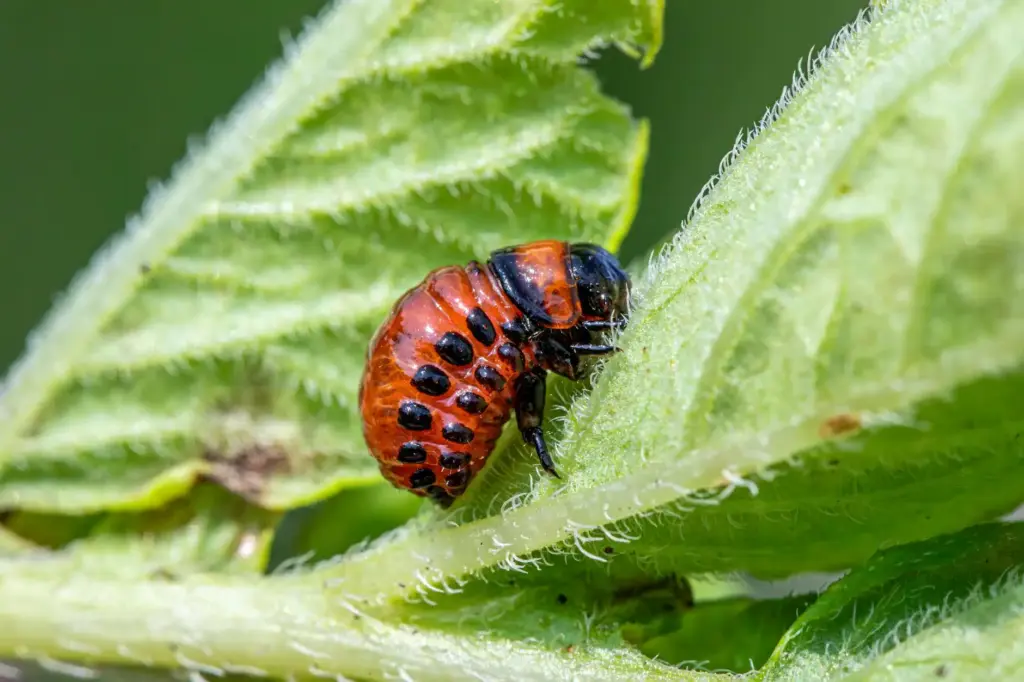
Inspect your garden regularly for pests like aphids, caterpillars, and beetles. Remove pests by hand or use insecticidal soap if infestations grow. Early detection prevents bigger problems.
To reduce disease risk, prune dead or crowded branches to improve air circulation. Water only the soil, not leaves, to avoid promoting fungal infections.
Rotate crops and clean garden debris to limit overwintering pests and diseases. Using resistant plant varieties can also help keep your spring garden healthy.
For more detailed guidance, check this spring gardening checklist.
Maintaining Bloom and Growth Throughout Spring

To keep your garden vibrant and healthy, consistent care is essential. Providing the right nutrients, trimming spent blooms, and regularly checking your plants will help sustain strong growth and abundant flowers.
Fertilizing Appropriately
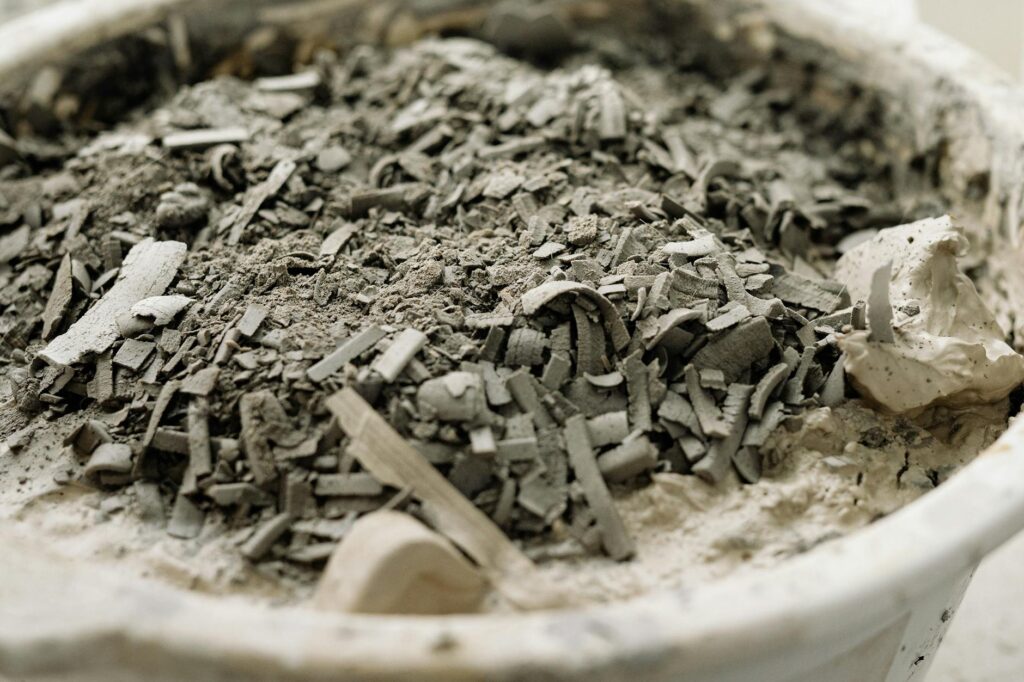
Your plants need balanced nutrients to support blooming and growth. Use a fertilizer formulated for flowering plants, typically with a higher phosphorus content (middle number in N-P-K) to encourage blooms.
Apply fertilizer every 4-6 weeks, following package instructions carefully. Avoid over-fertilizing, which can cause leaf growth at the expense of flowers.
Consider organic options like compost or fish emulsion for a slow nutrient release. Water your plants after applying fertilizer to help the nutrients absorb into the soil.
Pruning and Deadheading Flowers

Regular pruning prevents disease and encourages full, healthy blooms. Remove dead or damaged branches to improve air circulation and light exposure.
Deadheading, or pinching off spent flowers, directs the plant’s energy toward producing new buds instead of seed production. This step prolongs your flowering season.
Use clean, sharp scissors or pruning shears to avoid damaging your plants. Focus on removing only faded blooms while keeping healthy foliage intact.
Monitoring Garden Progress
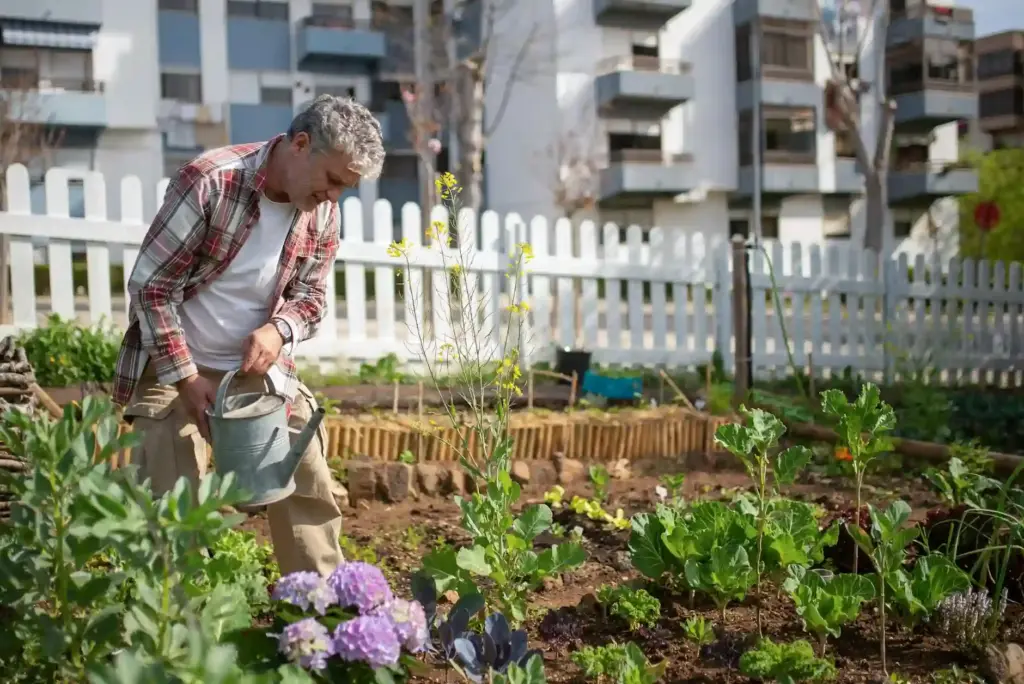
Keep a close eye on your garden by checking for pests, diseases, and water needs at least once a week. Early detection of issues saves your plants from serious damage.
Track growth milestones and any unusual changes in leaf color or flower development. Adjust watering habits based on rainfall and temperature fluctuations.
A simple garden journal or app can help you record observations and schedule ongoing care tasks, keeping your garden flourishing all spring long.
For more detailed guidance on managing spring garden growth, check this spring garden checklist for a blooming season.



